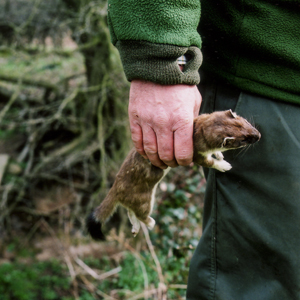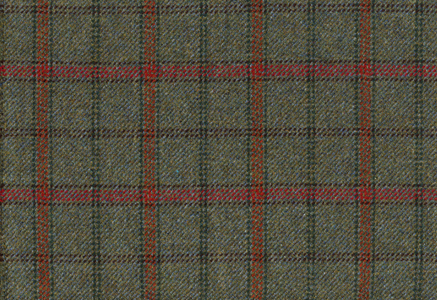Gamekeeping
By Tessa Bunney on 24 April 2009gamekeeper n. a person employed to take care of game, as on an estate
Newby employs 2 gamekeepers (a headkeeper and an underkeeper) to maintain their pheasant (and partridge) shoot. I’ve been fascinated by gamekeeping for while, whilst working in Nidderdale I spent a lot of time with the gamekeepers looking after the grouse moorland. As well as the gamekeepers, shooting has a lot of other occupations on the actual shoot days which have intriguing names associated with it: beater, flanker, birdman …
So I couldn’t resist the temptation to spend some time with the gamekeepers at Newby. At the moment all the hen pheasants have been caught and put in the laying pen where they’ll continually lay more eggs as they are removed and put in the incubator – I’ll be catching up with all that next month.
But for a couple of mornings I’ve been following Jimmy, the underkeeper as he checks his trap line which consists of a series of fen traps laid along the hedgerows around the estate to catch such as weasels, stoats, rabbits, squirrels and rats. Accompanied only by his gun for opportune moments… he does this on foot every morning at this time of year and it takes around 4 hours of brisk walking.

Trap line
It reminded me of a recent post on the Magnum website when photographer David Hurn was asked what advice would you give young photographers?, he replied:
Don’t become a photographer unless its what you ‘have’ to do. It can’t be the easy option. If you become a photographer you will do a lot of walking so buy good shoes.
Jimmy’s vermin catching differs from the role of Gary the vermin catcher in that he is targeting only those animals that might threaten the pheasants whereas Gary eradicates vermin, small animals collectively, esp. insects and rodents, that are troublesome to man, domestic animals etc.

Stoat
I was also fascinated to discover that the Compton family have their own tweed which their shooting clothing and that of the Newby gamekeepers is made from.

This tradition stems from the days before waterproof clothing when a ghillie (or gillie) (Gaelic for “servant” especially used to refer to those assisting in deer stalking expeditions in the Scottish Highlands) would wear clothing in colours to act as camouflage depending on the landscape he was working in.